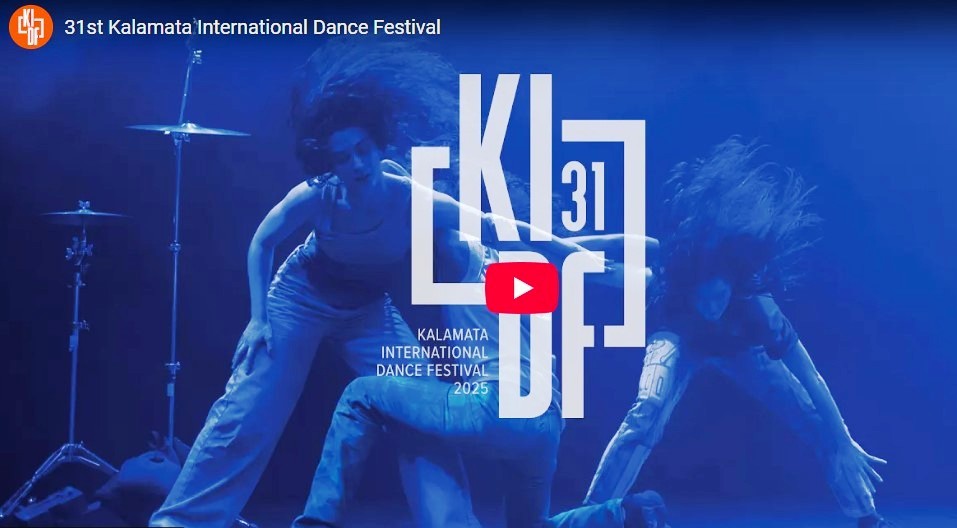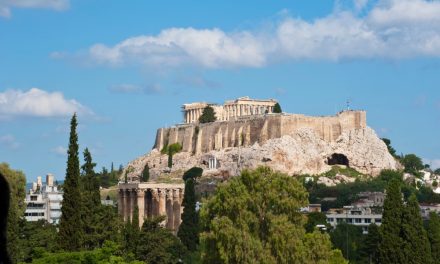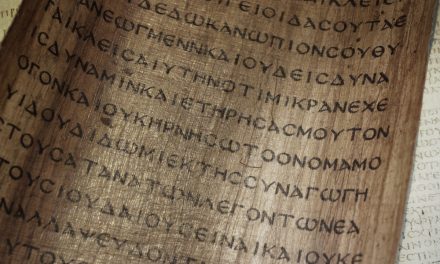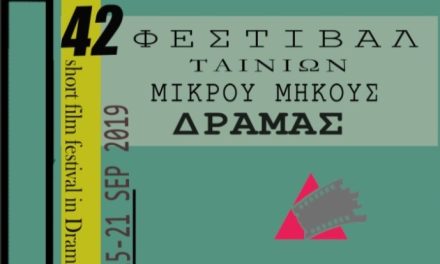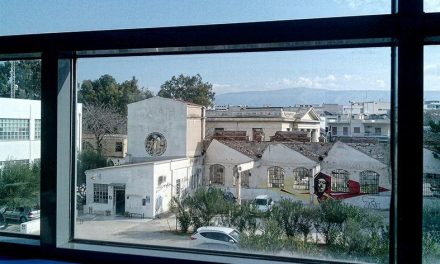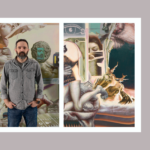The Kalamata International Dance Festival is synonymous with the flourishing of contemporary dance in Greece. From 1995 to the present day, it provides the public with works dedicated to the poetry of the human body, hosting creators who are shaping the very history of contemporary dance.
The Festival’s artistic program will take place from July 18 to 27, featuring a total of 20 choreographic works from Greece and abroad—specifically from Germany, Italy, France, Belgium, Norway, Portugal, the UK, Lebanon, and Switzerland.12 works will be presented at the Kalamata Dance Megaron. In addition, parallel events will include 6 dance performances across the city, at venues such as the Castle Amphitheater, Kalamata Main Square, Municipal Railway Park, and Kalamata Port. The program will also include 8 dance nights in other cities throughout the region – including the Agora of Costa Navarino – and various public spaces in cities across the Peloponnese. Moreover, a temporary anniversary exhibition will be organized, alongside two new sections: Dancing on Screen, dedicated to the relationship between dance, the moving image, and cinema, and Offstage Encounters, which will feature a discussion between the dance community and the public on the theme of age in art and society. (Source: kalamatadancefestival.gr/en/)
This year’s edition is shaped through collaborations with other cultural institutions, educational bodies, municipalities, associations, and organizations from both Greece and abroad, including the Greek National Opera, Onassis Stegi, the French Institute, the Museum of Cycladic Art, and others.
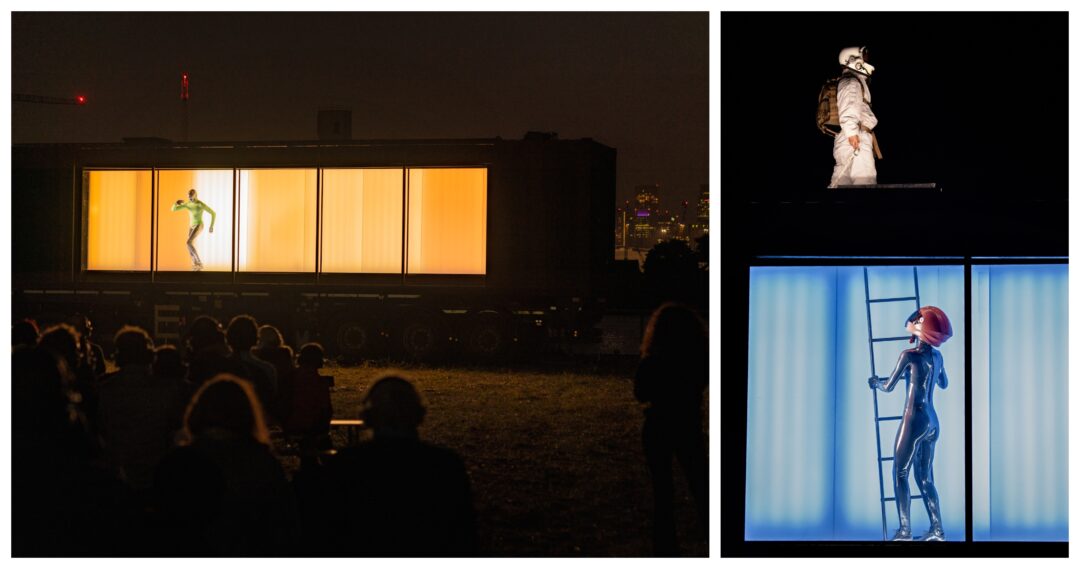
The Ballet of the Greek National Opera, in co-production with the renowned London dance center The Place, will present Future Cargo by Frauke Requardt and David Rosenberg, at Kalamata Main Square, on July 19. This dance performance transports audiences into a science fiction world, where a group of non-human beings observe us from an eerie, futuristic setting—a truck that has invaded the city. Future Cargo will tour throughout the Festival’s duration, appearing in different cities across the Peloponnese, supported by a grant from the Stavros Niarchos Foundation (SNF), in order to promote the Greek National Opera’s artistic outreach
According to the Artistic Director of the Festival, Tzeni Argyriou, the selected works this year reflect a broad spectrum of generational voices, geographical backgrounds, choreographic languages, research themes, and levels of experience and artistic development. This year’s program places special emphasis on Greek creators, aiming to highlight that Greek choreographers—both within and abroad—are at the very center of the international contemporary dance scene.
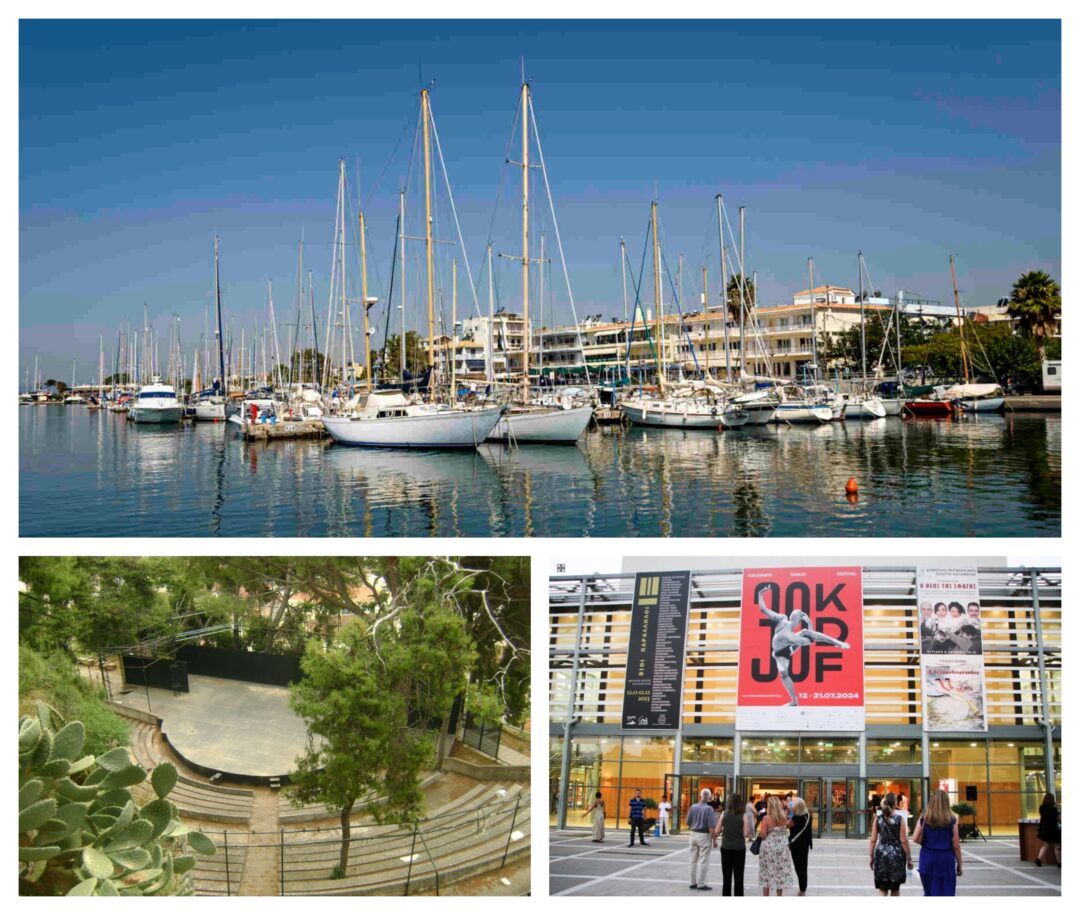
Venues across the city will host choreographic works of the Kalamata International Dance Festival, including the Port (upper), the Castle Amphitheater (lower left), and the Dance Megaron (lower right) (Source: kalamata.gr )
Tzeni Argyriou stressed that, “At the heart of the Festival is dance that speaks to the human condition, that connects us with the deeper parts of ourselves, and helps build bridges of understanding and solidarity. The Festival’s rhythm emerges through the succession of performances, gradually forming a collective body that nurtures our curiosity for discovery, our desire to observe, that stretches time and invites us to travel from one artist’s world to another—to rediscover ourselves and reconnect with others. This year’s Festival invites us to celebrate the joy of creation and the freedom of expression. Dance is a medium that transcends cultural borders, allowing us to communicate and invent new codes—perhaps even new worlds”.
A core part of the Festval’s new vision is the year-round activation of the Kalamata International Dance Center outside the Festival’s usual schedule, transforming the unique-in-Greece Dance Megaron into a vibrant, active hub of artistic creation 12 months a year. The goal is to establish an International Dance Center operating on local, national, and international levels—a place that hosts artists from around the world, with a special focus on Greek creators. This center embrace all stages of artistic creation—research, production, presentation, and promotion—and will encourage dialogue between the arts and sciences, traditions, and technologies. It will also emphasize art’s connection to society by cultivating creative relationships among the institution, the city, and its communities. (Source: kalamatadancefestival.gr/en/)
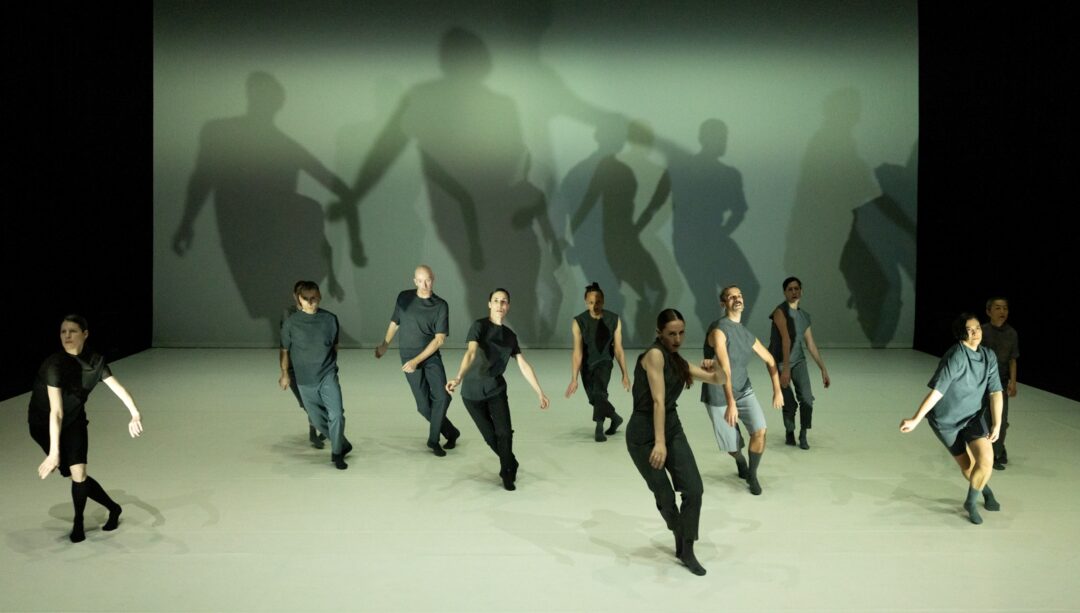
For the opening performance on July 18 on the Main Stage of the Kalamata Dance Megaron, Mellowing by Christos Papadopoulos, will be presented. Created and premiered in Berlin in 2023, the work was commissioned by the Dance On Ensemble – a company founded to explore the relationship between dance and aging, both on stage and in society. Papadopoulos is a Greek choreographer who, in recent years, has captivated the global stage with his minimalist style and richly layered worlds. He was honored with the prestigious Rose International Dance Award
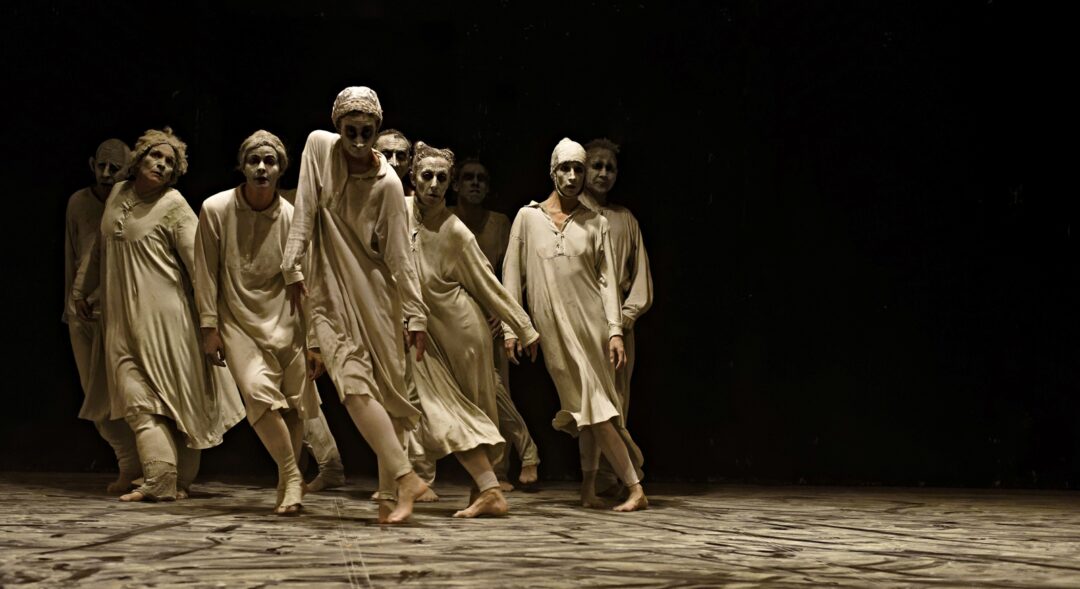
The Festival presents one of the 20th century’s landmark masterpieces, May B by Maguy Marin—one of the most important choreographers of our time, visiting Kalamata for the first time, ten years after her last appearance in Greece. In her work, dance meets social awareness, politics, and the need for action. Inspired by the Beckettian universe (B for Beckett), May B embodies what Marin calls “the power of dance to express the mystery of our existence in the world”
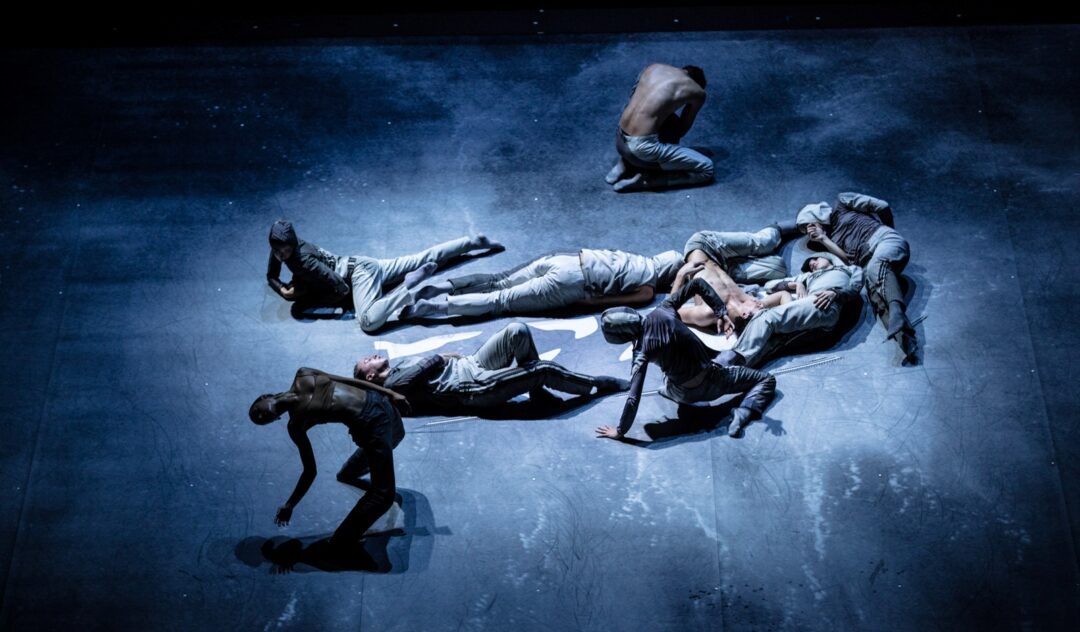
The new work Thrice by Franco-Belgian choreographer Damien Jalet, currently regarded as one of the most sought-after choreographers in the world – and perhaps the one most directly engaged with the world of cinema – will be presented just one month after its premiere in Norway. Jalet is interested in dance’s ability to constantly redefine itself as a medium through dialogue with other fields such as visual arts, music, cinema, theatre, fashion, and the realm of ancient mythology.
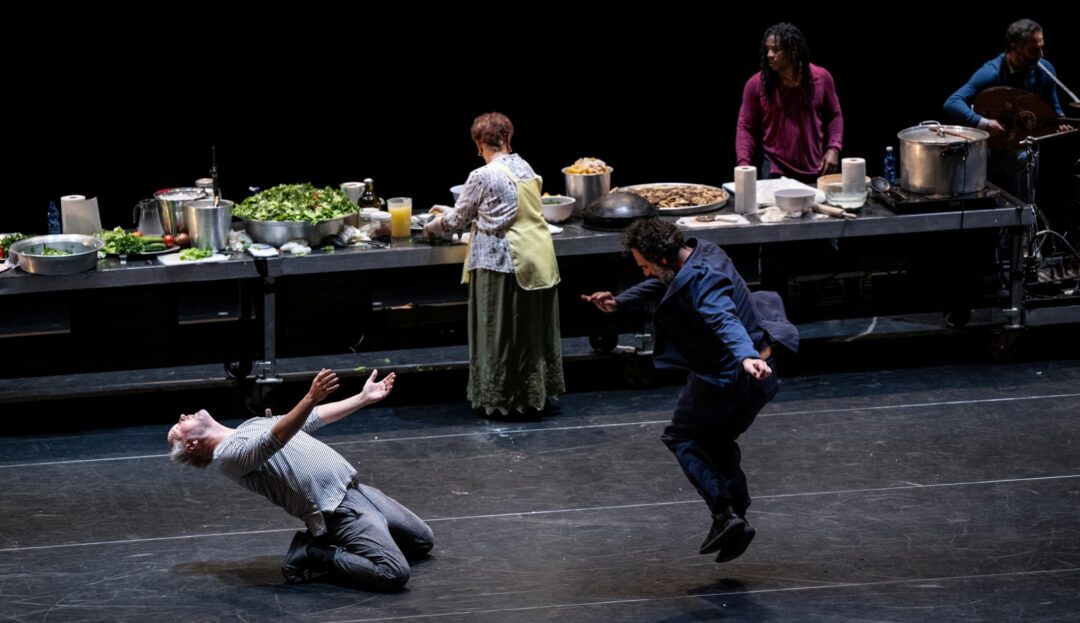
Beytna by Omar Rajeh is a unique dance performance centered on the idea of sharing – an ideal work to close this year’s Festival. “Beytna” means “our home” or “our house” in Lebanese and signifies an invitation to the table. For Omar Rajeh, the word is deeply connected to his grandfather’s open home, where the joy of sharing was one of life’s greatest values. In Beytna, four choreographers and four musicians from Lebanon, Korea, Palestine, Belgium, and Togo transform a traditional family gathering into an artistic convergence of dance, music, and cooking.
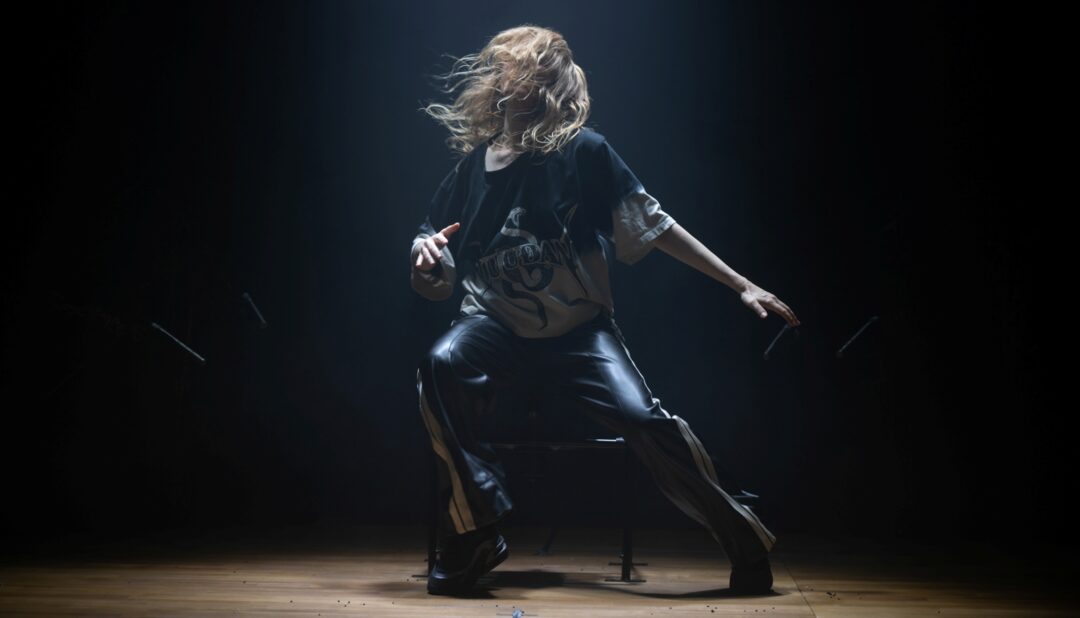
In Dive Into You by Kat Válastur, a Greek choreographer who has long lived and worked in Berlin while maintaining her connection to Athens, will be presented for the first time in Greece. Válastur’s works—poetic, tender, and sharp—often reference ancient rituals and myths. This choreographic ritual draws inspiration from the organic functions of trees, with the energies of her body and voice expressing dynamic forces of vibration, spiral, and circle. Through these elements, she composes a ritual of transformation, healing, and care.
This year’s expanded educational program includes 4 professional workshops, 4 masterclasses, and 5 dance and movement workshops for the general public of all ages, including individuals with disabilities. Moreover, a rich program of parallel events will run in dialogue with the main stage performances, featuring an anniversary exhibition, a new series of dance film screenings, and a discussion event on the topic of age in art and society.

Inside the Megaron’s Foyer, the anniversary exhibition Kalamata, the City of Dance will highlights the Festival’s legacy through fragments of its archive—posters, programs, photos, and video footage—paired with new artworks inspired by its history

A new thematic section introduced this year, Dancing On Screen will run daily during the Festival at the Kalamata Labour Centre. This section will present eight films dedicated to the relationship between dance, moving image, and cinema—addressing both seasoned audiences and newcomers to contemporary dance
Kalamata, the capital and central port of Messinia, is located at the site of ancient Farai in Southern Peloponnese, approximately 238 km SW of Athens. Thanks to the fertile Messinian lands – producing olive oil, raisins, figs, and more – it has developed into a wealthy urban centre and a significant port.
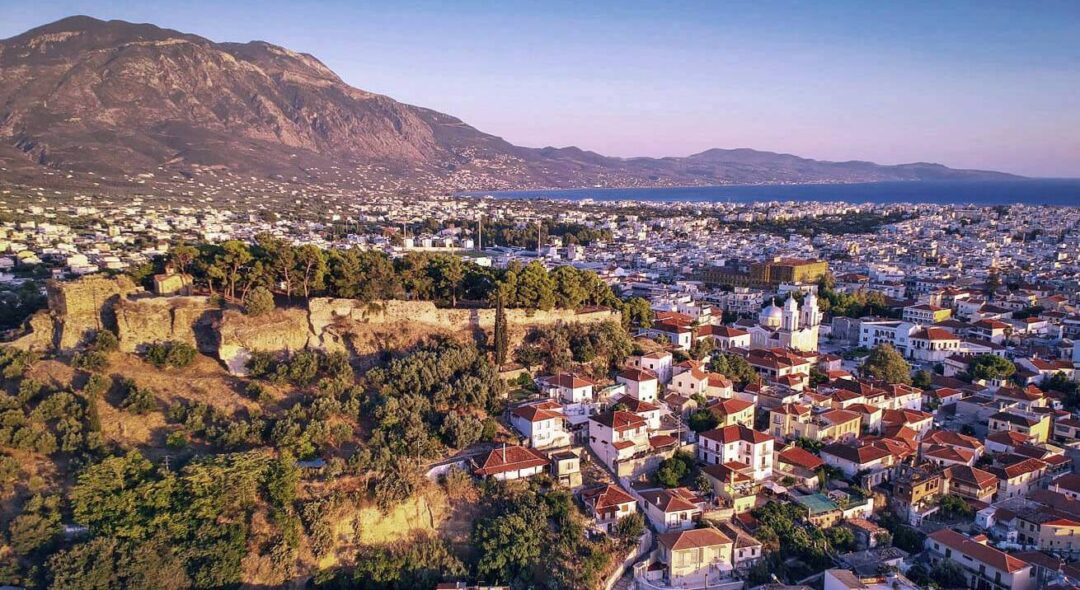
The wider region of the legendary “castle of Isabeau” of Kalamata, constructed in the 13th century by William Villehardouin, boasts several Byzantine churches and is the hotspot for the city’s beating nightlife heart (Source: visitgreece.gr)
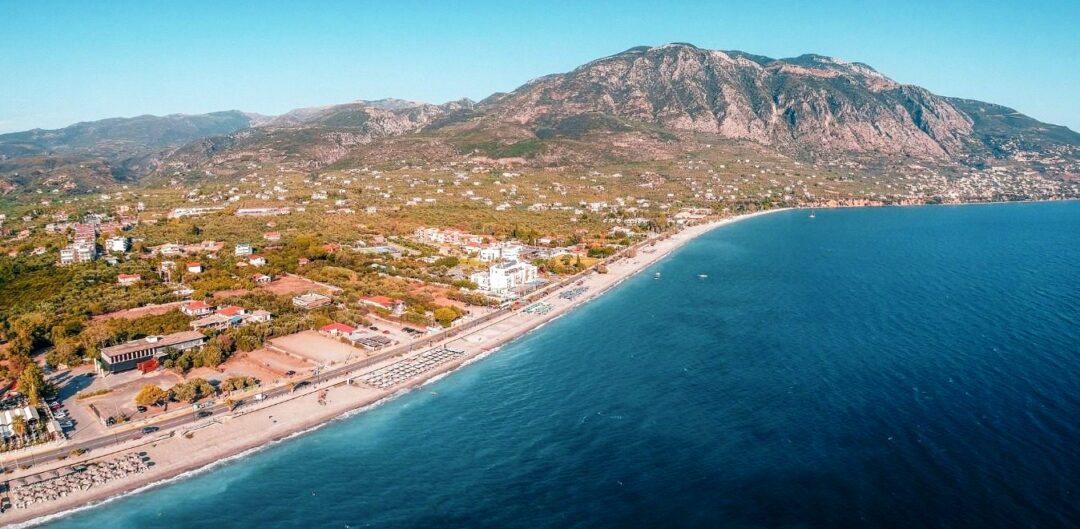
The seaside road in front of the city’s extensive 4 km-long beach offers visitors crystal clear waters and lace-like beaches, which have been granted the Blue Flag award for quality. Along the seaside, there are several tavernas, ouzo restaurants, cafés, bars, and clubs, while beach aficionados can enjoy all kinds of water sports. Nearby destinations include several beaches – Verga, Mikri Mandineia, Avia. Kitries – which have developed in recent years into resorts featuring significant tourist facilities and a vibrant summer nightlife (Source: visitgreece.gr, visit-kalamata.gr)
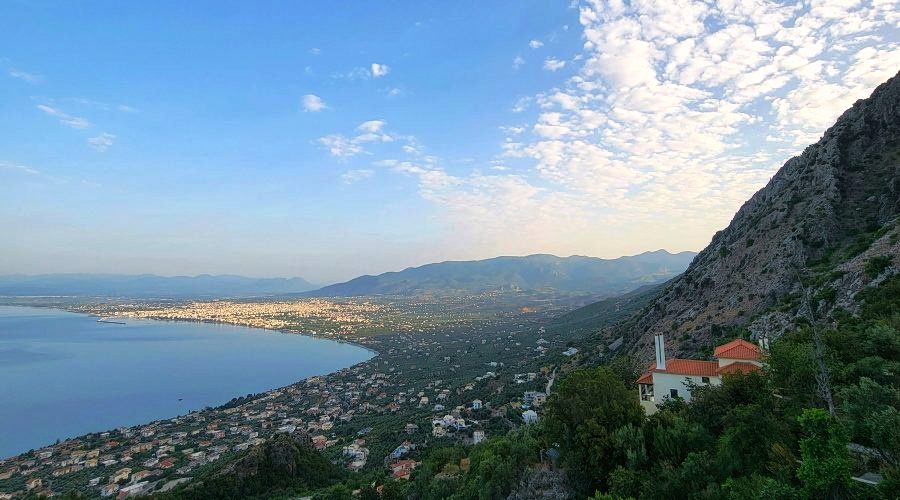
Also worth visiting are also the mountain villages on the Western slope of Mt.Taygetos, along the road to the city from Sparta, considered one of the most beautiful routes in Greece (Source: experienceskalamata.com, kalamata.gr/en/visitors/city-tour)
Watch the Kalamata International Dance Festival’s official trailer here
I.A.

